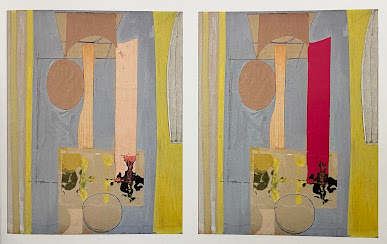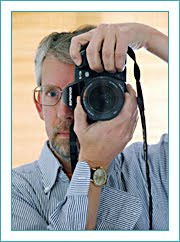Last night (February 7) I attended the San Francisco Symphony concert at Davies Symphony Hall. Paavo Järvi conducted Shostakovich's Piano Concerto No. 2 and, after intermission, Mahler's Symphony No. 7, a long but engaging program. Gerstein really attacked the piano. It was an aggressive performance. At times I felt like I was listening to a recording with too much of the mics on the piano mixed in. It was enjoyable nevertheless. After the main event, he played a Chopin waltz as an encore that the symphony performers, particularly concertmaster Alexander Barantschik, really seemed to enjoy – as did the audience.
Among Mahler's symphonies, Nos 2, 7, and 8 are the ones I've never really understood or appreciated. I know No. 2 is particularly revered by many, but it's never appealed to me. Someday, perhaps, I will make headway toward better understanding it. I've felt the same way about No. 7, but the performance last night was eye-opening for me. The piece is complex and long and it's never really held my attention all the way through, but Järvi and the San Francisco Symphony made it come alive and I found myself enjoying every detail. I had no idea that there was a guitar part in the piece or that the mandolin makes an appearance. Hearing it live brings out nuances easily lost in a recording.
I have only two recordings of No. 7, one with Maurice Abravanel conducting the Utah Symphony (Vanguard – VSD 71141/2), one with Georg Solti conducting the Chicago Symphony (London CSA2231). Although I love the Abravanel/Utah recordings of some of the other Mahler Symphonies (particularly No. 3), I can't say their presentation of No. 7 has ever done much for me. This morning, the day after, I'm listening to the Solti recording, which I think is much better and, having just heard the piece live last night, I'm suddenly hearing a great deal that I never noticed before – and enjoying it. I seem to have made a breakthrough.







